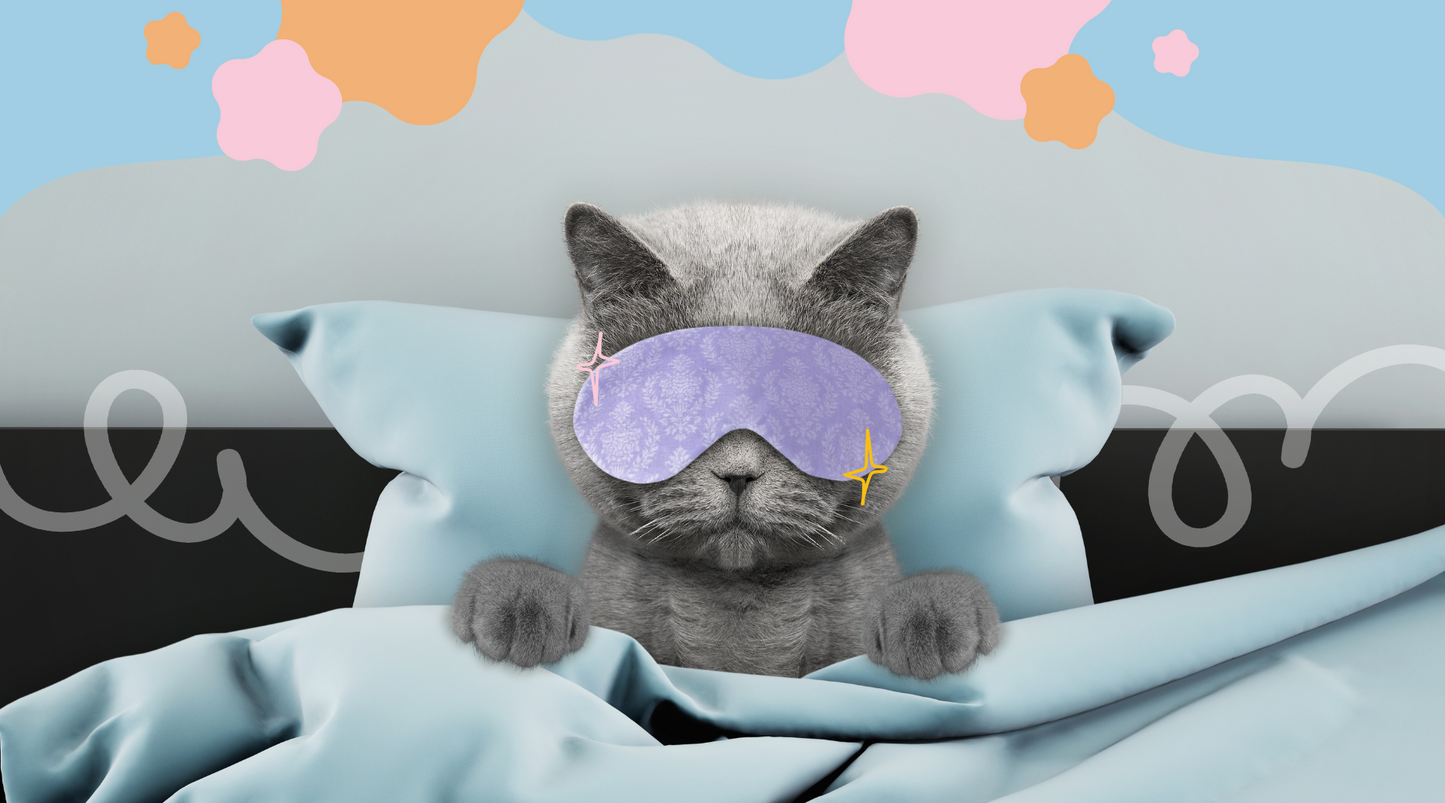
Sleeping positions can often reveal a lot about a cat's comfort level and overall health. Observing your cat's sleeping positions can be a great way to assess whether they are content and relaxed, or if they may be experiencing any physical discomfort or stress. Here are some common cat sleeping positions and what they may indicate:
The Curled-Up Position: This is a very common sleeping position for cats. When a cat curls up with their tail wrapped around their body and their paws tucked in, it usually means they are feeling safe, cozy, and relaxed. This position helps them conserve body heat and protect their vulnerable abdomen.

The Side Sleeping Position: When a cat lies on their side, stretched out, it shows that they are very comfortable, secure, and trusting of their environment. This position allows them to fully relax their muscles and get quality sleep.

The Belly-up Position: Cats who sleep on their backs with their bellies exposed show a high level of trust and contentment in their surroundings. It indicates that they feel safe and are in a deeply relaxed state.

The Superman Position: Sometimes cats will sleep on their stomachs with their front and back legs stretched out in front of them, resembling the flying position of Superman. This position allows for quick response and movement if startled and often occurs in cats who are vigilant and ready to react.

The "Loaf" Position: When a cat sits with their legs tucked underneath their body, resembling a loaf of bread, it typically indicates that they are taking a short nap or resting. This position is often seen in cats who are alert and ready to jump into action if needed.

It's important to remember that every cat is unique, and their sleeping positions may vary. However, if you notice any significant changes in your cat's normal sleeping patterns or positions, it could be a sign of discomfort, illness, or stress. In such cases, it's best to consult with a veterinarian to ensure their well-being.
Decoding your cat's body language while they sleep opens a fascinating window into their inner world. From feelings of security and trust to the fine balance between vulnerability and alertness, your cat's sleeping positions reveal the complexity of their emotions and instincts. So, the next time you catch your furry friend dozing off, take a moment to appreciate the hidden messages they're sharing, and perhaps even join them in a blissful nap.
